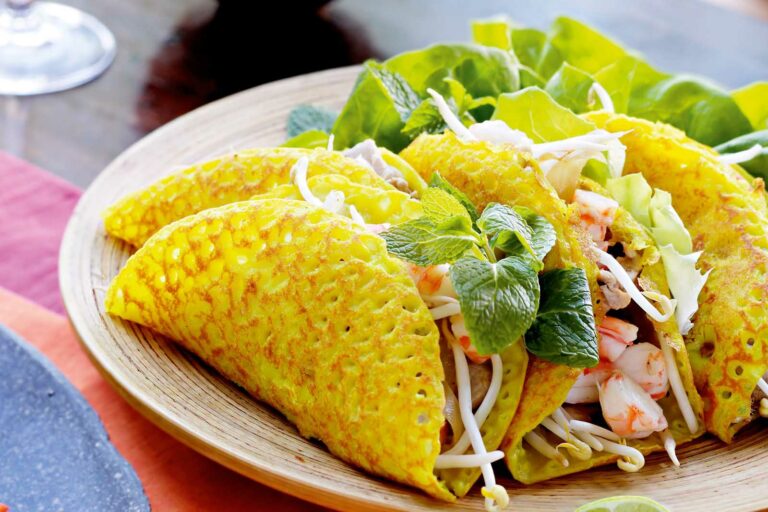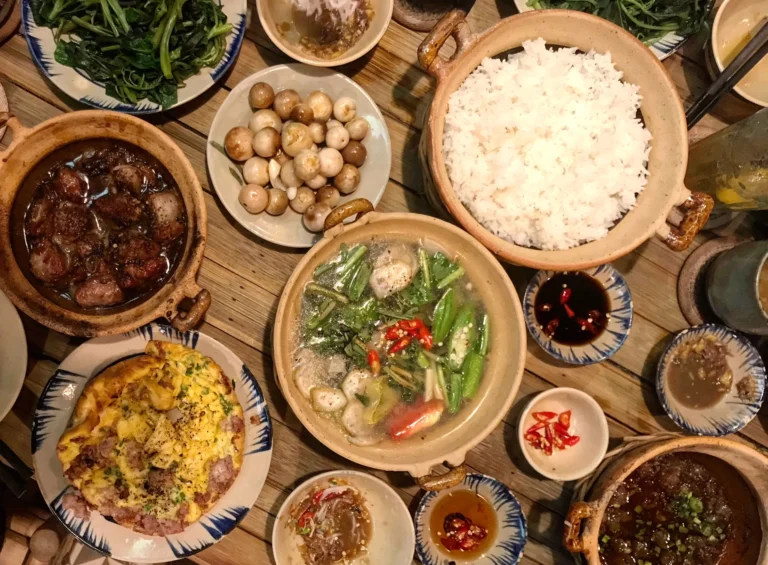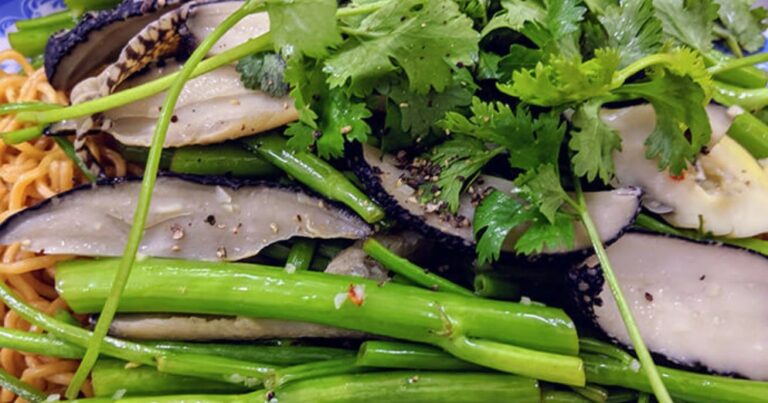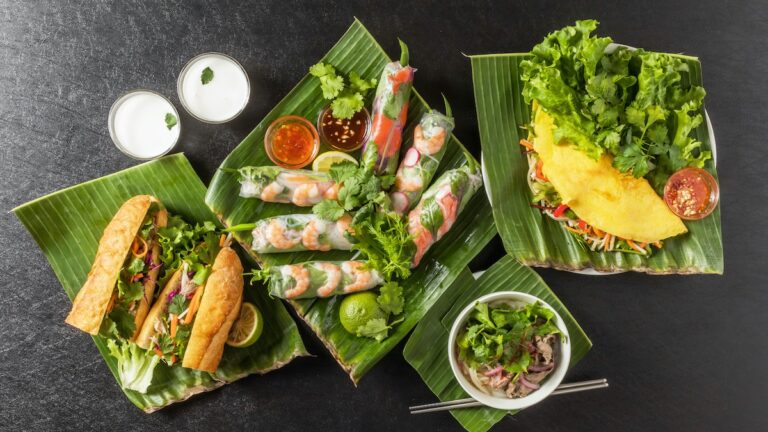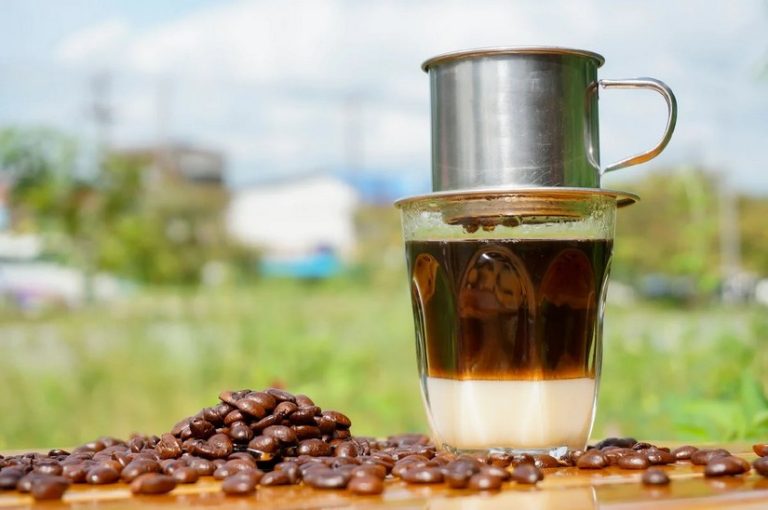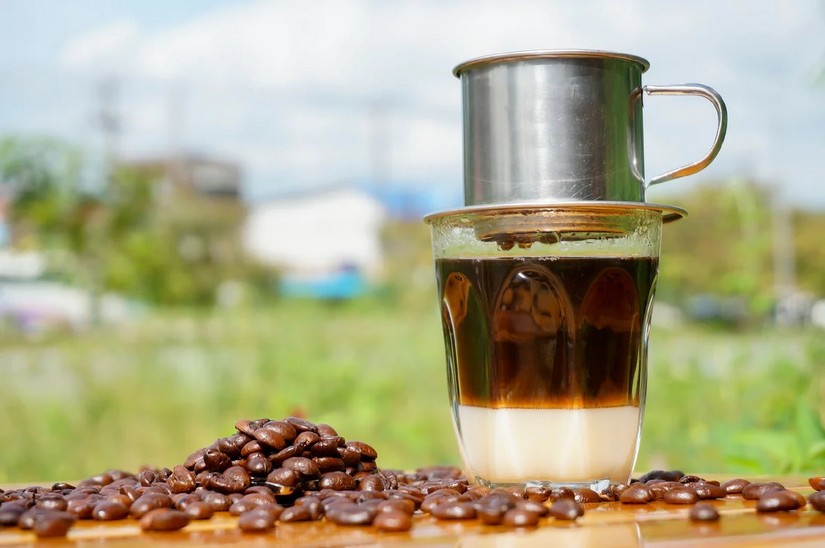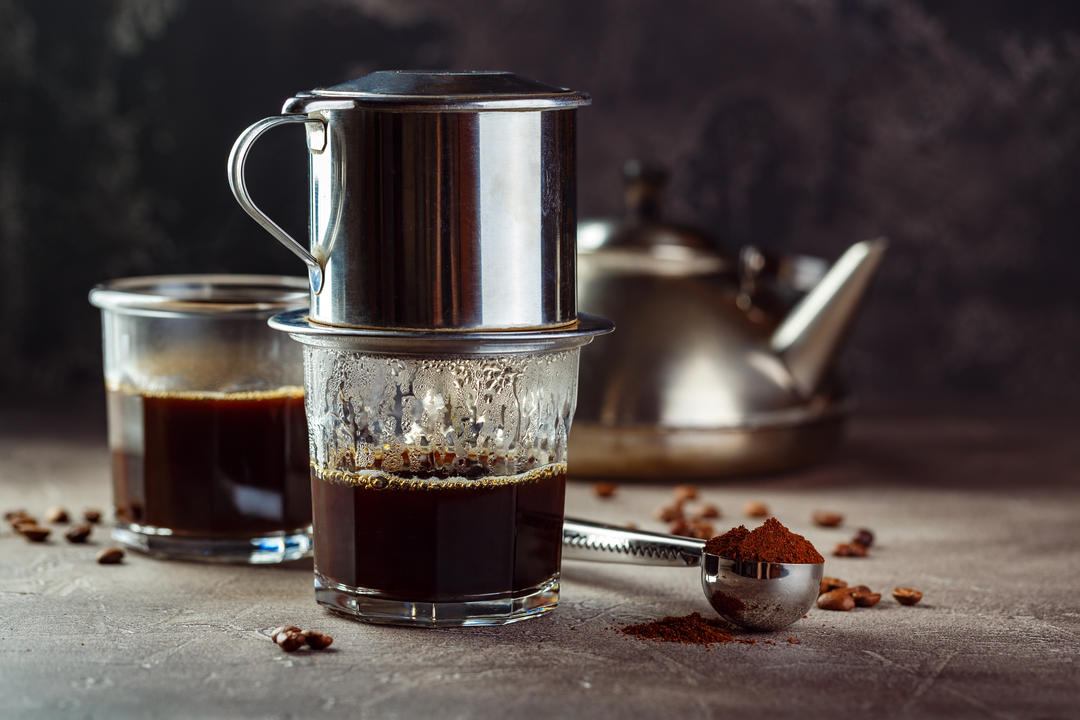Introduction: Exploring Vietnamese cuisine
Vietnamese cuisine is known for its bold and diverse flavors, with influences from Chinese, French, and Southeast Asian cooking styles. The cuisine is characterized by an emphasis on fresh ingredients, herbs, and spices, making it one of the healthiest and most flavorful cuisines in the world. However, one common question among those who are new to Vietnamese food is whether it is spicy or not.
The use of spices in Vietnamese cuisine
Vietnamese cuisine is not typically known for its spiciness, but rather for its use of a wide range of aromatic herbs and spices. Some of the most commonly used spices in Vietnamese cuisine include lemongrass, ginger, garlic, chili peppers, star anise, cinnamon, and cloves. These spices are used to enhance the natural flavors of the ingredients, rather than overpower them with heat.
In Vietnamese cuisine, the balance and harmony of flavors is more important than heat. Some dishes may have a mild spiciness, but it is usually balanced by sour, sweet, and salty flavors to create a complex and well-rounded taste.
Regional variations in spiciness
While Vietnamese cuisine is generally not known for its spiciness, there are regional variations in the level of heat used in different dishes. In the central and southern regions of Vietnam, spicy flavors are more commonly used in dishes such as bún bò Huế (spicy beef noodle soup) and bánh xèo (Vietnamese crepe filled with pork, shrimp, and bean sprouts).
In the northern region of Vietnam, where the climate is cooler, milder flavors are preferred. The cuisine here is more influenced by Chinese cooking styles and often incorporates ingredients such as ginger, soy sauce, and hoisin sauce instead of spicy flavors.
Popular spicy dishes in Vietnamese cuisine
While Vietnamese cuisine is not known for its spiciness, there are still many delicious dishes that pack a bit of heat. Some of the most popular spicy dishes in Vietnamese cuisine include:
- Bún bò Huế: a spicy beef noodle soup from central Vietnam
- Bún riêu: a spicy crab noodle soup
- Bánh xèo: a savory Vietnamese crepe filled with pork, shrimp, and bean sprouts
- Gỏi cuốn: fresh spring rolls filled with shrimp, pork, and herbs, often served with a spicy peanut dipping sauce
Managing spiciness in Vietnamese dishes
If you’re worried about the spiciness of Vietnamese food, there are a few things you can do to manage the heat. First, look for dishes that are not marked as spicy on the menu or ask the server for recommendations. You can also ask for the dish to be made less spicy or omit chili peppers altogether. Finally, be sure to have a glass of water or a refreshing drink like iced tea or coconut water on hand to help cool down your mouth if needed.
Conclusion: The spicy or not-so-spicy Vietnamese cuisine?
In conclusion, while Vietnamese cuisine is not typically known for its spiciness, there are still plenty of dishes that pack a bit of heat. However, the cuisine is more focused on creating a balance of flavors and using spices to enhance the natural taste of ingredients, rather than adding heat for the sake of spiciness. Whether you’re a spice lover or prefer milder flavors, Vietnamese cuisine has something for everyone to enjoy.

